The biggest city in the Western hemisphere is facing its greatest water crisis in over 80 years — and climate change is only part of the problem.
Millions of residents in São Paulo, Brazil face daily water shutoffs unless the city manages its water better. It is not only a problem of drought. The city of 20 million is plagued by failing infrastructure across the city, and it has been unable to deliver the water it does have to residents in need. Without major changes to the city’s infrastructure and planning, commentators say the crisis is bound to continue.
The crisis is most acutely felt in the Periferia — the generally poorer districts on the outskirts of the city. These oft-neglected neighborhoods, many of which sit at higher altitudes in the hills around the city, require more water pressure to reach their tanks. And even on days when it is raining outside, the pipes in the Periferia are often dry.
On top of it all, São Paulo has now suffered two of the driest seasons on record, back-to-back.
The Cantareira reservoirs, which supply water to over 9 million residents, were operating at 12% capacity in October. The water level has fallen so low that large parts of the surface of the reservoirs are dried mud.
“This is what we would call a real emergency,” said Paulo Dallari, deputy secretary for the São Paulo mayor’s office. “The reservoirs are much lower than they used to be. It is raining much lower than the average. So we might have some difficult situations in the near future.”
Dallari is now working to expand the emergency water reserves around São Paulo – especially in facilities like hospitals and schools, which he points out are particularly vulnerable in situations of extreme water shortage.
Some neighborhoods and surrounding towns have fared worse than others. The outlying city of Itu saw massive protests last year – sometimes turning violent – when the city tried to cut them off from the water network entirely.
Many São Paulo residents have had daily 12-hour water cutoffs over the last year. But Dallari points out that while wealthier residents have been able to build water tanks and purchase water from private sources, the poorest residents can’t do that.
Residents of the indigenous Gaurani community, who live in the Periferia town of Itakupe, complained that the little amount of water that flows to them is a milky, white color.
“When there was no water the children went thirsty,” says Sonia Aramirim, a Gaurani teacher from Itakupe. “Many of them would get dehydrated. Some women had urinary problems from not drinking enough water.”
In the south of the city lies the Billings reservoir, which holds 20% more water than the Cantareira. Environmentalists point out that this could be a better source of water for the city, but it is polluted. Over one million people now live by its banks, but there is no proper sewage system so waste flows into the reservoir.
“There are two extremes: on one side a rural reservoir that has a serious deforestation problem, on the other side an urban reservoir that has a pollution problem,” says Marussia Whately, coordinator of Aliança pela Água, an alliance of 30 NGO’s brought together to devise and propose solutions to the city’s crisis.
Whately has spent years advocating for alternative approaches to the city’s water use. Like many other environmentalists, she points out that climate change has increased the likelihood of extreme weather events like droughts, so the city is likely to face even greater catastrophes in the future.
“Either we change, or São Paulo will continue to face these kinds of problems for years to come,” she says.
The crisis facing São Paulo today might seem an unlikely one for this proud city in a nation that has been referred to as “the Saudi Arabia of water.” Brazil accounts for 12-16% of the world’s freshwater, more than any other country on the planet.
But much of this water is contained in the Amazon river and rainforests in the north. And without the proper infrastructure, the city is left unable even to harness the water sources right under its feet.
“There is a lot of water out there that could be used, spread through various points in the city of São Paulo,” said Adriano Sampaio, a local activist. “All we need is a little bit of goodwill and a new policy to recuperate these resources.”
Sampaio’s facebook page, titled Existe água em SP (“There is water in São Paulo”) has received over 8,000 likes. He has begun mapping the vast network of rivers and natural springs that already exist in São Paulo, buried deep under roads, buildings, pipes and infrastructure. He hopes to encourage other paulistanos to learn to take advantage of the natural resources already available, rather than polluting and neglecting them, and importing supplies from elsewhere.
Others have found a silver lining in the shortage. “Water is life,” said Vinicius Pereira. “It’s time for us to realize that we have to keep it, and to treat it as the most valuable thing we have.”
Pereira is a local jazz bassist who started a group called Movimento Cisternas Já (“Cisterns Movement Now”). The group works to install rainwater cisterns in private homes – particularly in low-income communities – that collect rainwater to be used for cleaning and flushing toilets. So far he says he has installed 36 cisterns around the city; and over 200 people have attended his workshops on cistern installation.
While only a drop in the bucket, Pereira’s work could already have accounted for 15,000 liters of water saved. And he encourages all paulistanos to do their part.
“I believe this is not a crisis,” he said. “I believe this is an opportunity.”
See Brazil's Extreme Drought from the Air
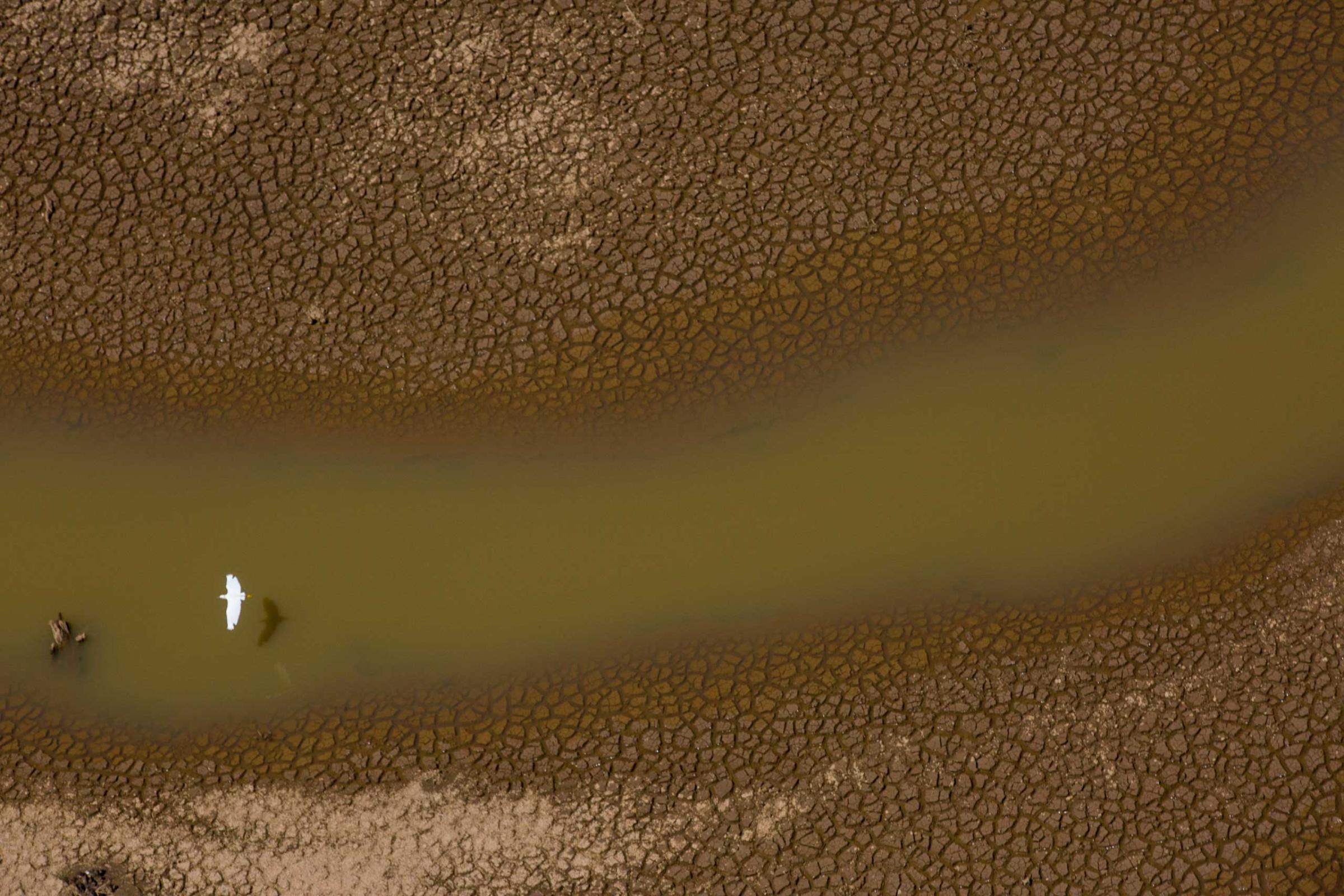
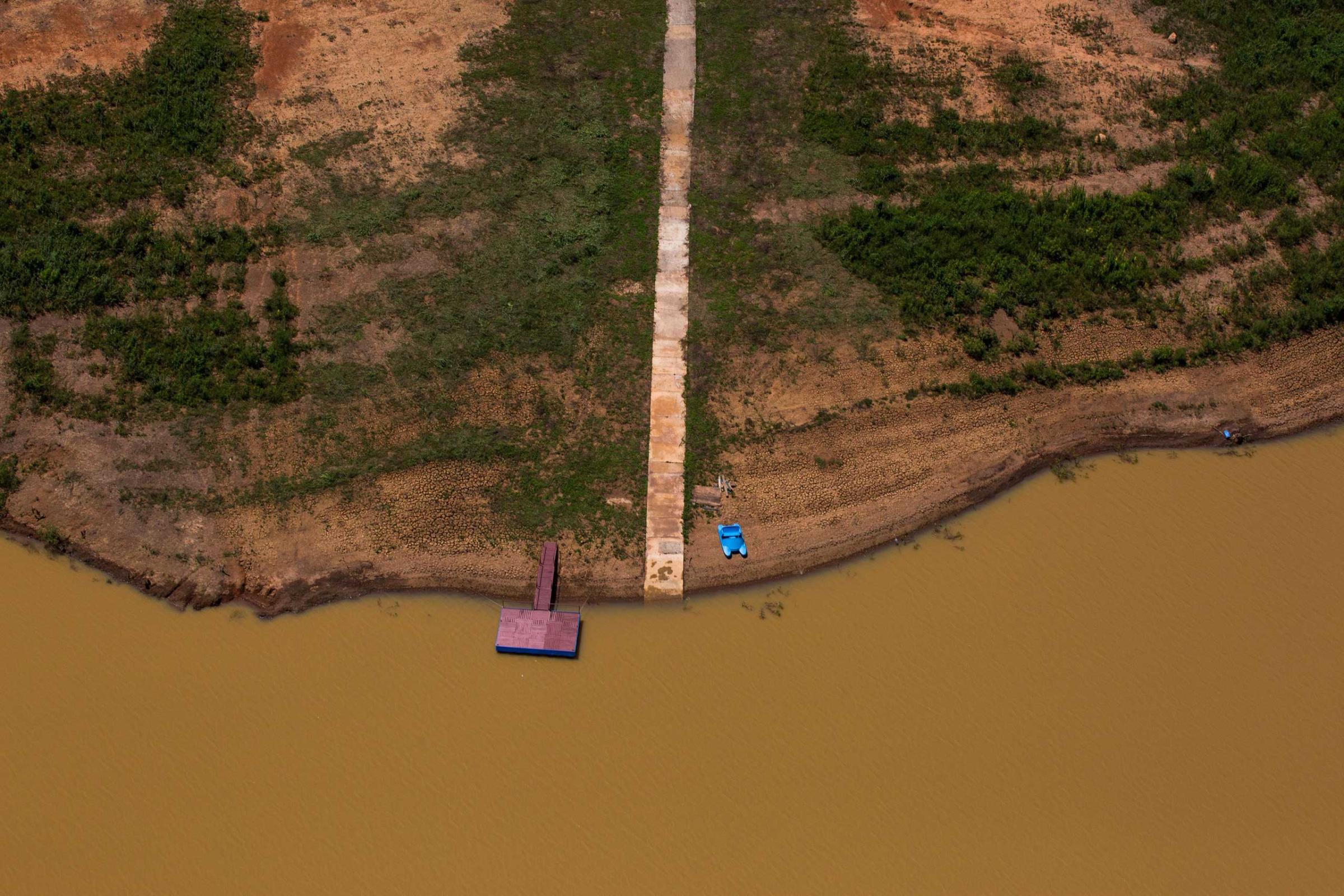
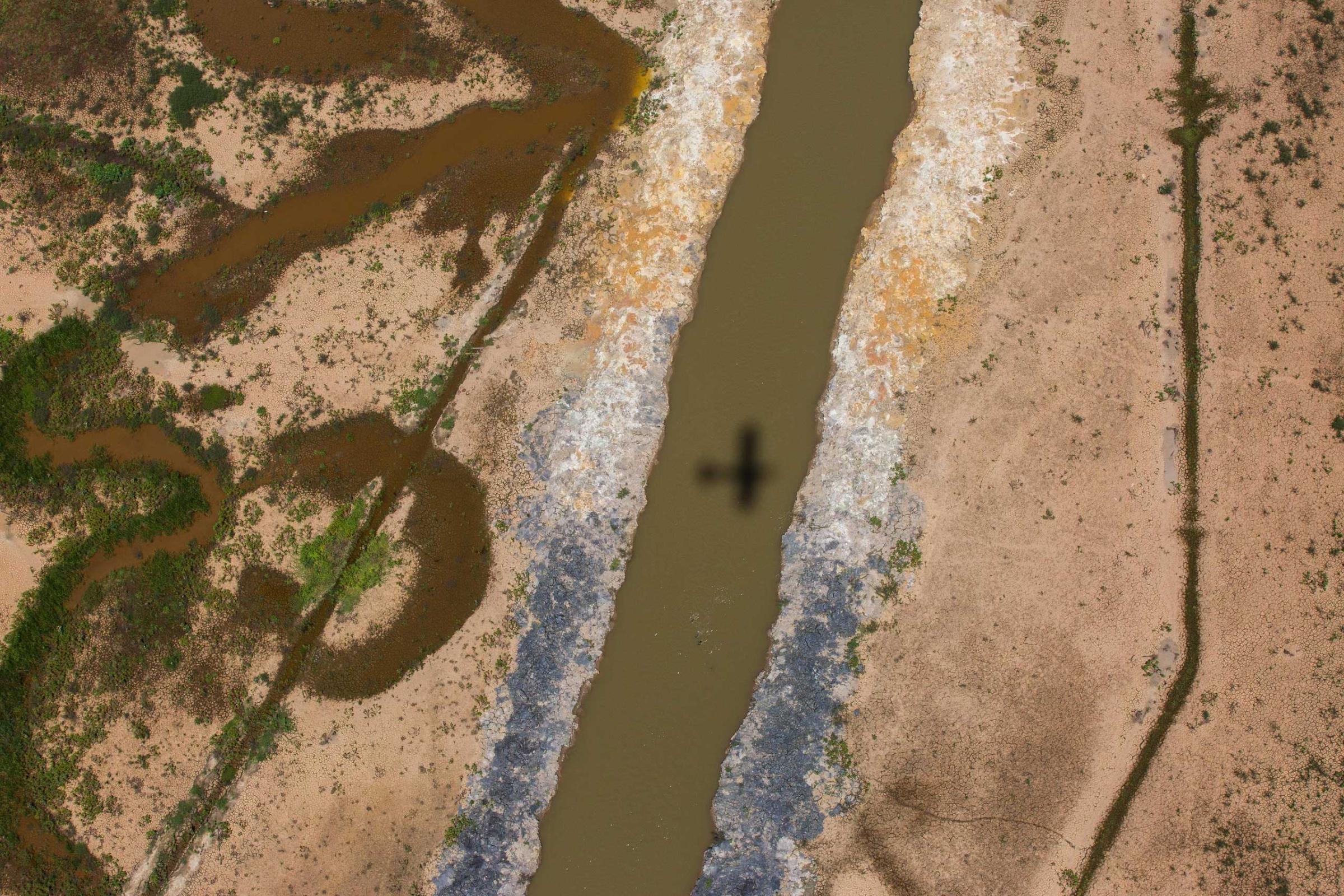
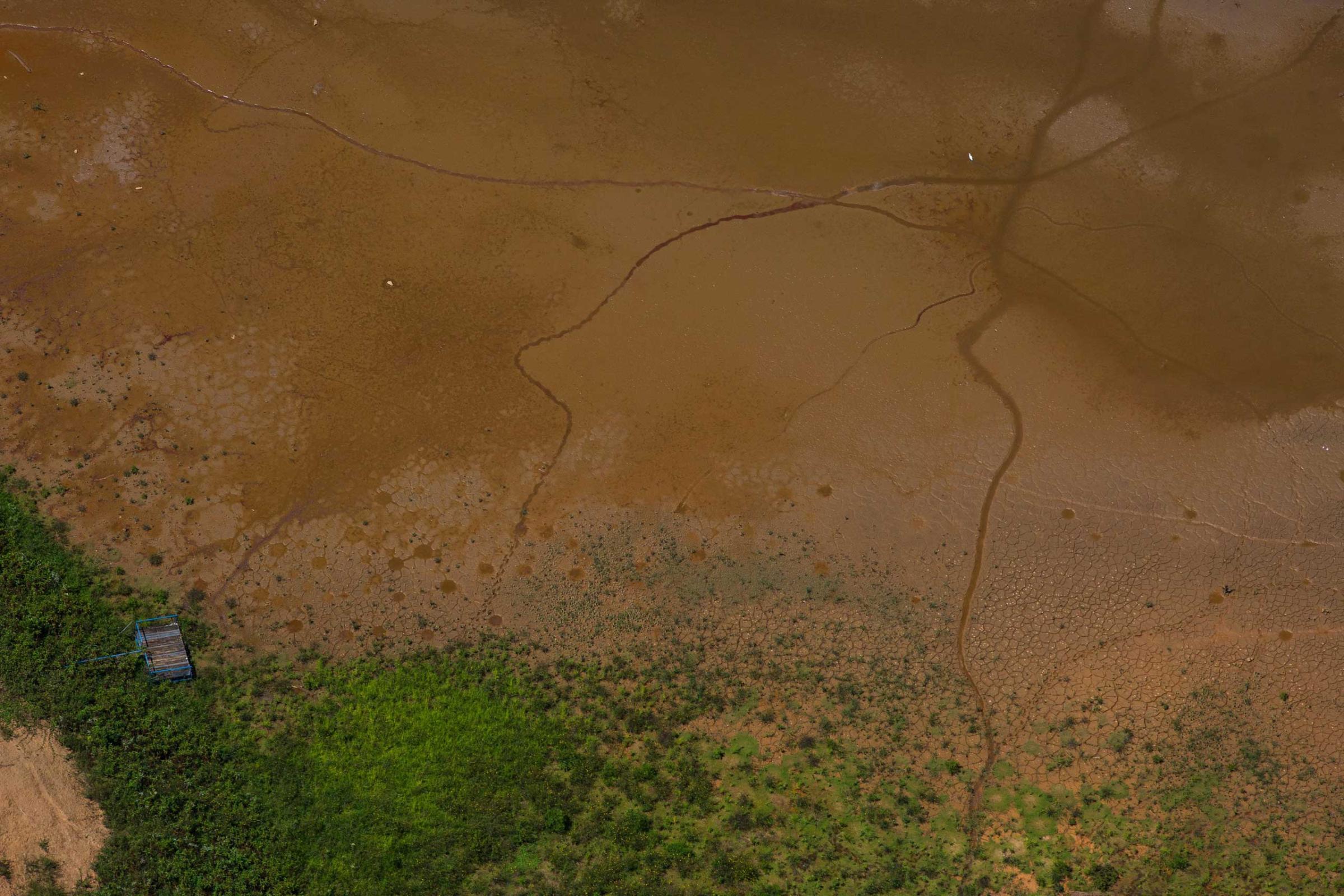
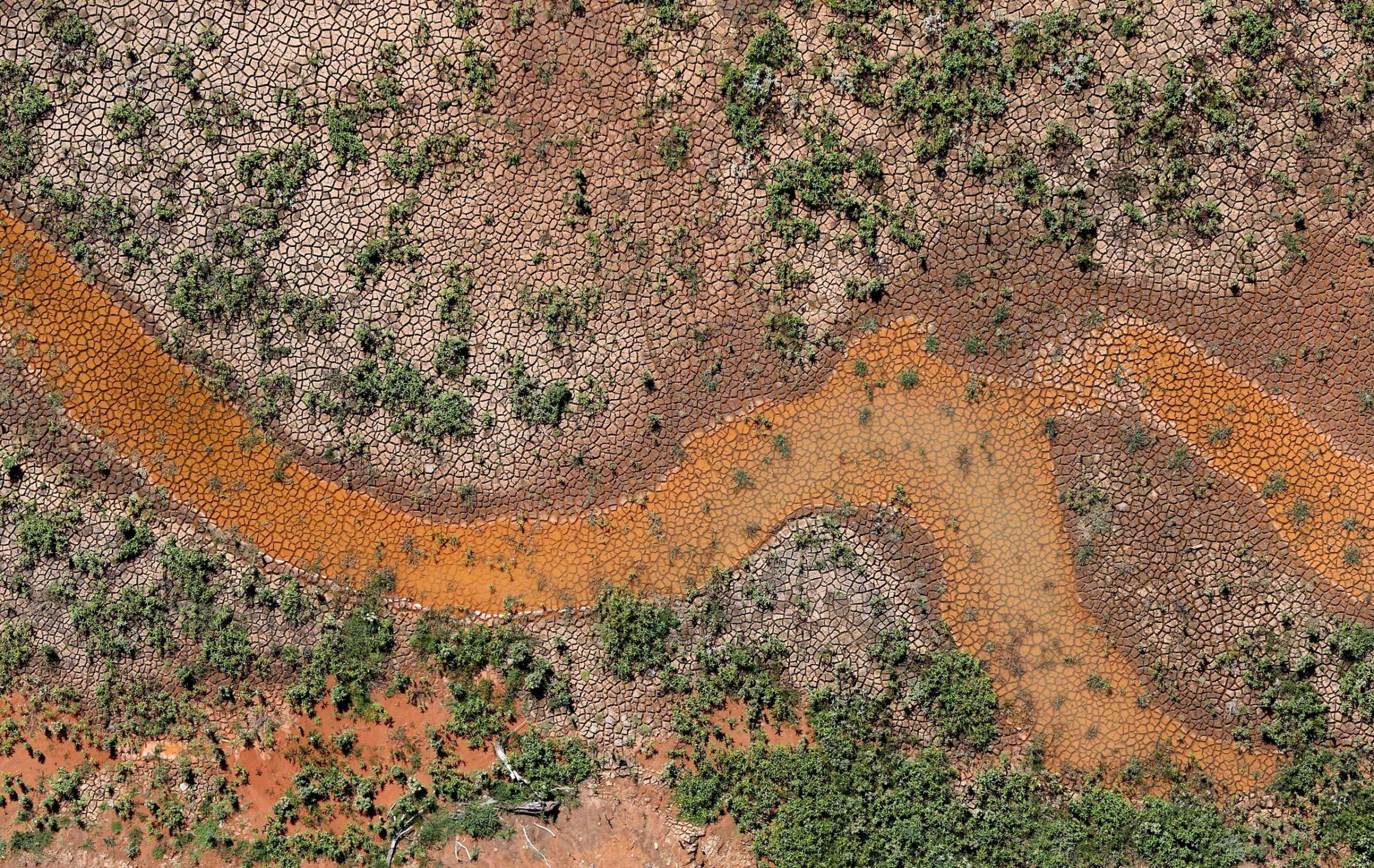

More Must-Reads From TIME
- The 100 Most Influential People of 2024
- Coco Gauff Is Playing for Herself Now
- Scenes From Pro-Palestinian Encampments Across U.S. Universities
- 6 Compliments That Land Every Time
- If You're Dating Right Now , You're Brave: Column
- The AI That Could Heal a Divided Internet
- Fallout Is a Brilliant Model for the Future of Video Game Adaptations
- Want Weekly Recs on What to Watch, Read, and More? Sign Up for Worth Your Time
Contact us at letters@time.com